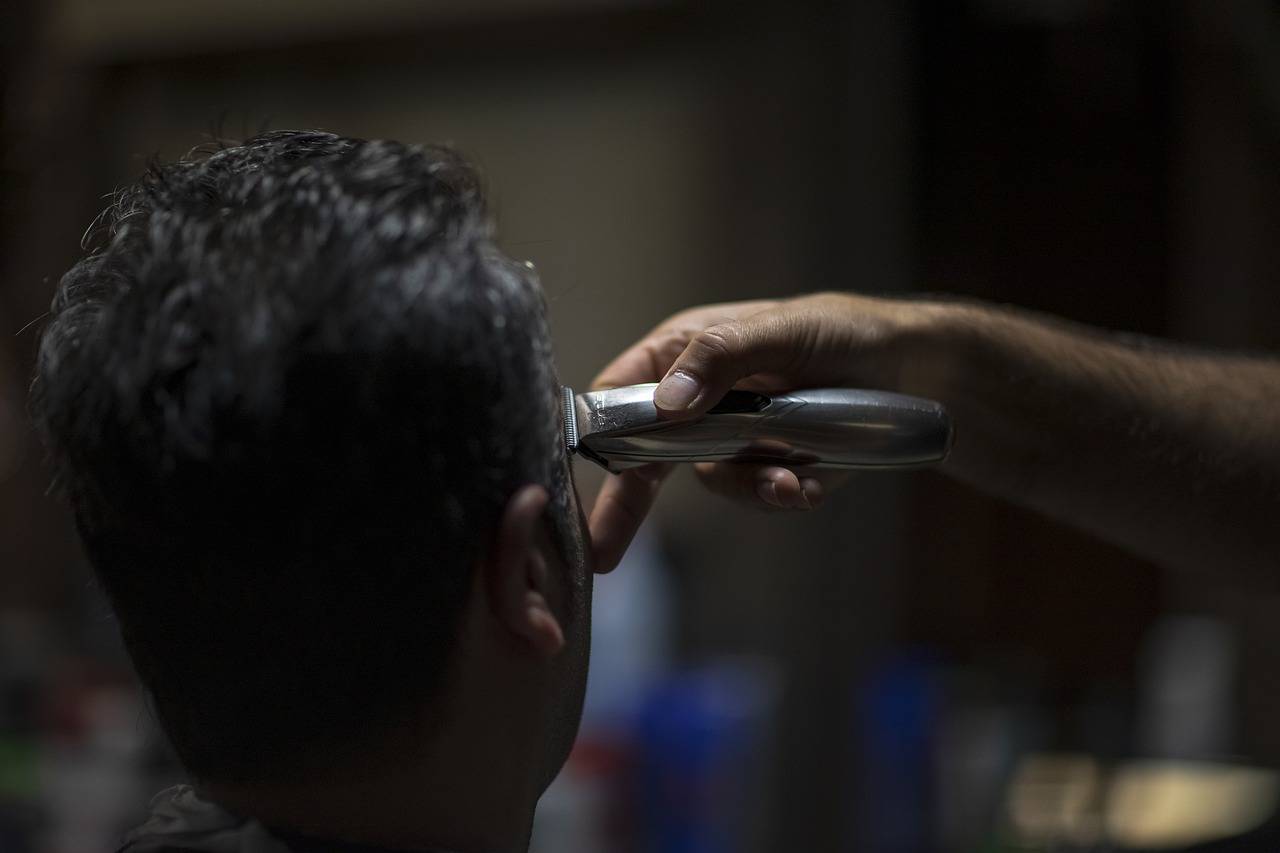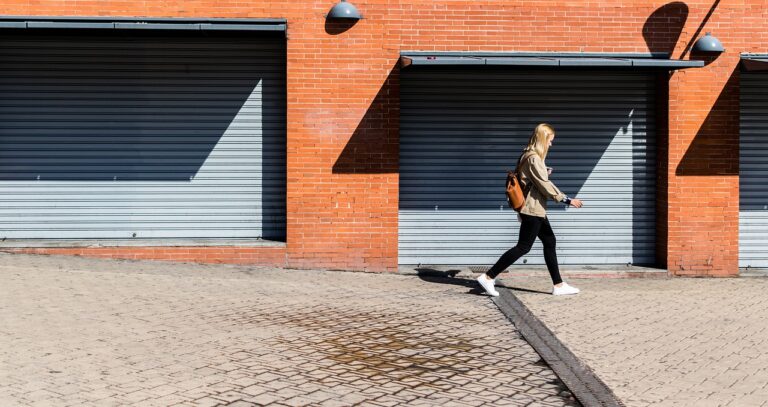Designs That Preserve Dignity and Respect for Inmates
allpannel, laserbook247 com, 247betbook: Designs that Preserve Dignity and Respect for Inmates
In recent years, there has been a growing recognition of the importance of treating inmates with dignity and respect. Design plays a crucial role in creating environments that promote these values, as it can impact the mental well-being and behavior of those incarcerated. Here, we explore some key design principles that can help preserve dignity and respect for inmates.
Human-Centered Design
One of the fundamental principles of design for inmate environments is human-centered design. This approach puts the needs and experiences of the inmates at the forefront of the design process. By involving inmates in the design process and considering their perspectives, designers can create spaces that are more humane and supportive.
Comfortable and Functional Spaces
Creating comfortable and functional spaces is essential for preserving dignity and respect for inmates. This can include providing adequate natural light, comfortable furniture, and spaces for recreation and relaxation. By designing spaces that are pleasant and accommodating, inmates are more likely to feel valued and respected.
Privacy and Safety
Privacy and safety are crucial considerations in the design of inmate environments. Providing private spaces for personal activities, such as using the restroom or showering, can help inmates maintain their dignity. Additionally, ensuring that spaces are secure and monitored can help inmates feel safe and respected.
Inclusive Design
Inclusive design is about creating environments that are accessible and welcoming to all individuals, regardless of their abilities or backgrounds. In the context of inmate environments, this can mean designing spaces that are easily navigable and accommodating to individuals with disabilities. By incorporating inclusive design principles, designers can ensure that all inmates are treated with dignity and respect.
Restorative Design
Restorative design focuses on creating environments that support rehabilitation and positive behavior change. By incorporating elements such as natural light, greenery, and artwork, designers can create spaces that promote well-being and personal growth. Restorative design can help inmates feel valued and respected, while also fostering a sense of hope and optimism for the future.
Collaboration with Stakeholders
Collaborating with stakeholders, including inmates, staff, and community members, is essential for creating designs that preserve dignity and respect. By involving these individuals in the design process, designers can gain valuable insights and perspectives that can inform their decisions. This collaborative approach can help ensure that designs are responsive to the needs and preferences of those who will be using the spaces.
FAQs
Q: How can design help improve the mental well-being of inmates?
A: Design can impact the mental well-being of inmates by creating environments that are comfortable, safe, and supportive. By incorporating elements such as natural light, comfortable furniture, and greenery, designers can help inmates feel more at ease and less stressed.
Q: What are some practical ways to involve inmates in the design process?
A: Involving inmates in the design process can be done through surveys, focus groups, and workshops. Designers can also seek feedback from inmates on proposed designs and make adjustments based on their input.
Q: How can restorative design principles be incorporated into inmate environments?
A: Restorative design principles can be incorporated into inmate environments by creating spaces that promote rehabilitation, personal growth, and positive behavior change. This can include incorporating elements such as natural light, artwork, and greenery, as well as providing opportunities for recreation and reflection.







